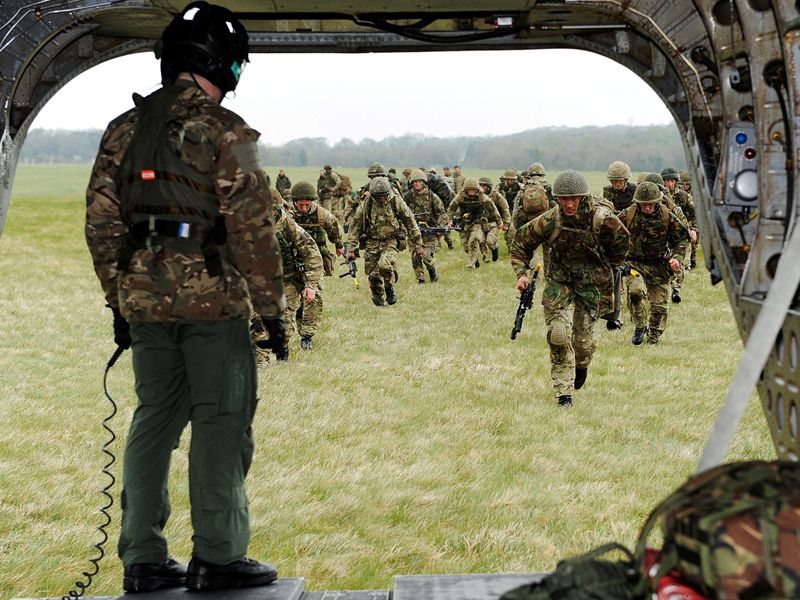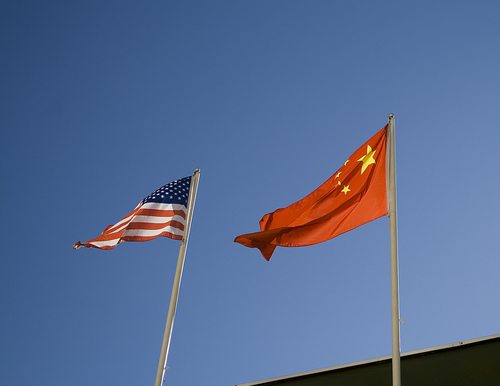Knowing there’s a possibility the government will go over a “fiscal cliff” on midnight, Dec. 31, the Army recognizes some of the challenges it will face, but a senior leader said Thursday its priority will be to maintain readiness of the force.
Like its sister services, the Army faces repercussions and adjustments that would follow a nearly $500-billion cut to the Department of Defense over the next decade.
“It is all about readiness,” said Lt. Gen. William Grisoli, director, Army Office of Business Transformation. “It is all about as we take a look at the new strategy, we feel comfortable that there are some things we have to work as far as the readiness of the force.”
The general spoke as part of a panel of government executives titled “The Road Ahead: Senior Military Leaders Identify New Challenges.” It was hosted by the Government Executive Media Group.
It is uncertain now if the terms of the Budget Control Act of 2011 will go into effect come the end of the year — Congress may yet find a way to avoid the act’s effects. But Grisoli said if the Army is impacted by the cuts, it will have to look at what further adjustments will be necessary.
“As we adjust, if we are further impacted, and we have things that we are asked to do, you always have to take a look at what force structure do we have — no matter what service — and can you man, train and equip it properly — the hollow force issue — so that we can accomplish the mission,” Grisoli said. “Those are the things we take a look at when you say what are our challenges. Our challenges are we will take a look at meeting the new strategy with the resources we are provided … and we turn that dial of manning, training, and equipping to make sure we don’t have a hollow force.”
TRIMMING THE WORKFORCE
Budget cuts could also mean cuts to manning for the Army. Already, the Army is reducing the number of Soldiers in the ranks — a drawdown of the end strength is underway that aims to take the Army from a high-point of 570,000, down to about 490,000 Soldiers.
“As we draw down responsibly and look at that over a period of time — the key thing that we learned over 10 years of war — as all services have — [is that] the key part of what we have is our people,” Grisoli said. That includes, he said, Soldiers, civilians and contractors.
The Army will have to balance numbers of people with skills that it needs, he said.
“Human capital to all services is extremely important, and how you balance and grow that human capital is so important … so whether it is uniform, civilian or contractor, what is the right path to meet the strategy we have?” he said.
The Army will need to consider what size and type of the war-fighting force it needs, and what is needed to support that force, Grisoli said.
“It’s really a balancing act — making sure you’ve got the right skills in the right place, and if there are some reductions based on that overall strategy … then they might come in any of those particular areas, whether it is military, civilian or contractor,” he said.
Grisoli said the Army is “looking very hard” at its strategy for the civilian workforce and at its transformation efforts for that work force. “How do we manage that, a little more centrally than we have in the past, to make sure we grow the right folks for the right positions?”
STAYING RELEVANT
After the drawdown in Afghanistan, Soldiers will still have work to do and will still have opportunity to maintain their sharpness and readiness. The Department of Defense has spelled out a strategy that puts increased emphasis on the Pacific region, so Soldiers there will be engaged in partnership activities with some of the largest land forces in the world.
“In the Pacific, where we hope to keep peace and continue commerce and all those sorts of things, all the series have a role,” Grisoli said. “The Army has a role with those 10 largest other armies that are in the Pacific Rim, to engage them, to be on the ground, to understand [them].”
But Army leaders are also committed to strengthening commitments to all U.S. combatant commanders around the globe, by meeting their needs across a spectrum of options, including training opportunities, logistics support, engineering support — and when needed, combat support. The Army will do that through regional alignments, such as in Africa where the Army has now aligned a brigade with U.S. Africa Command.
Grisoli said in the past the Army may not have been able to provide to all combatant commanders the support it would have liked to provide — due to commitments in the Middle East. But now, with the drawdown, it is the Army’s intent to more effectively meet the needs of COCOMs.
“We want to be able to send those capabilities as required,” he said.











